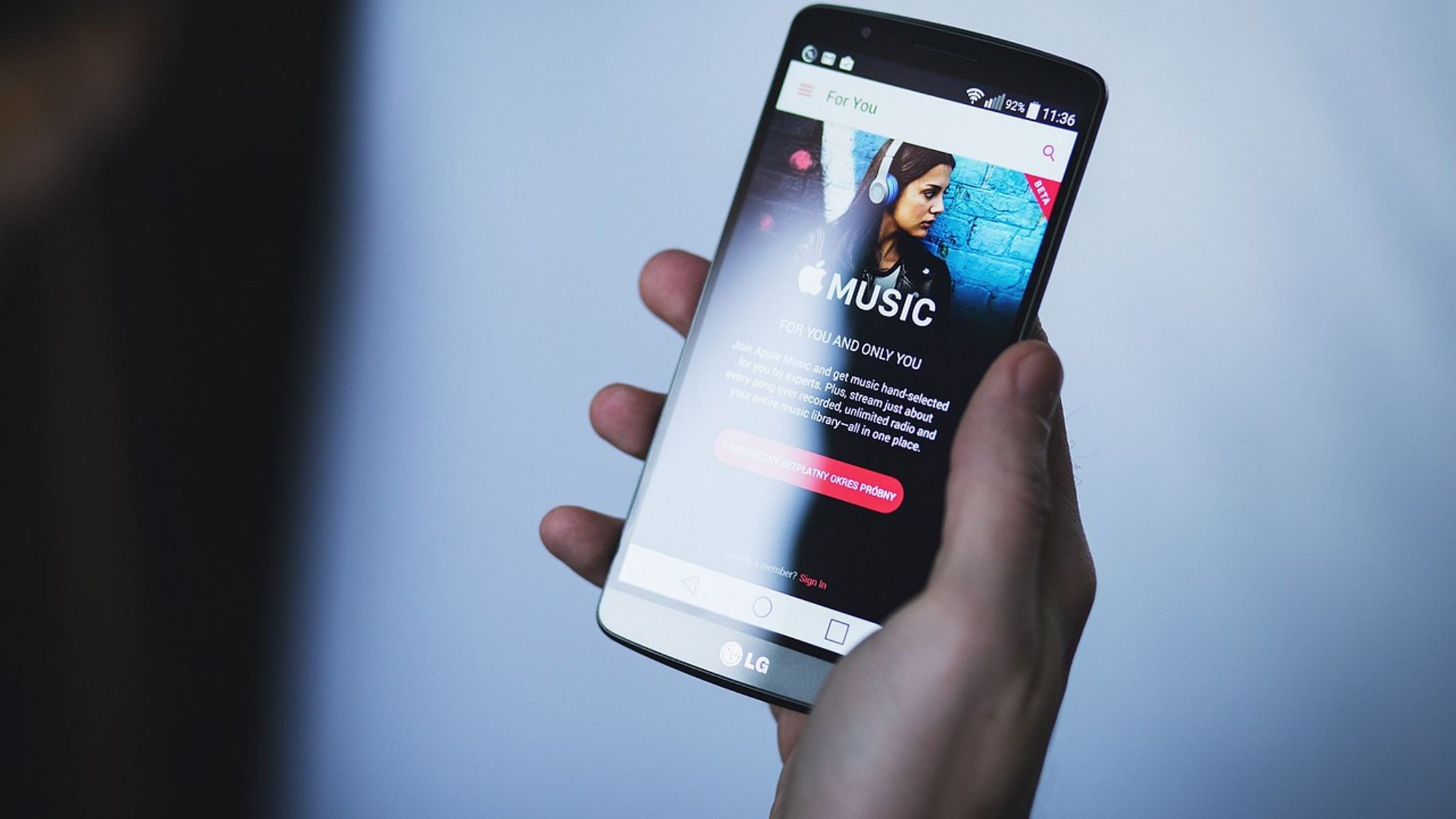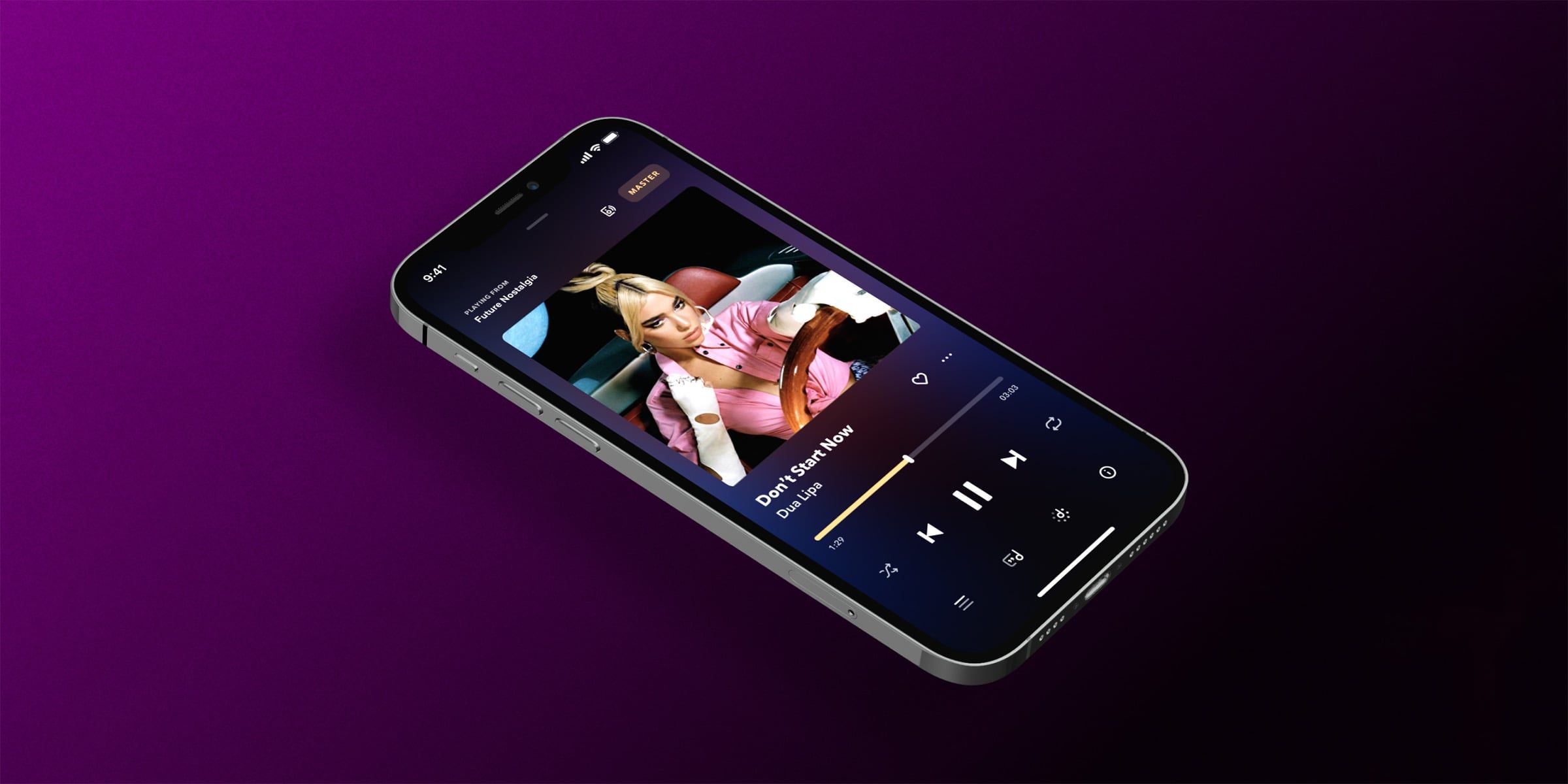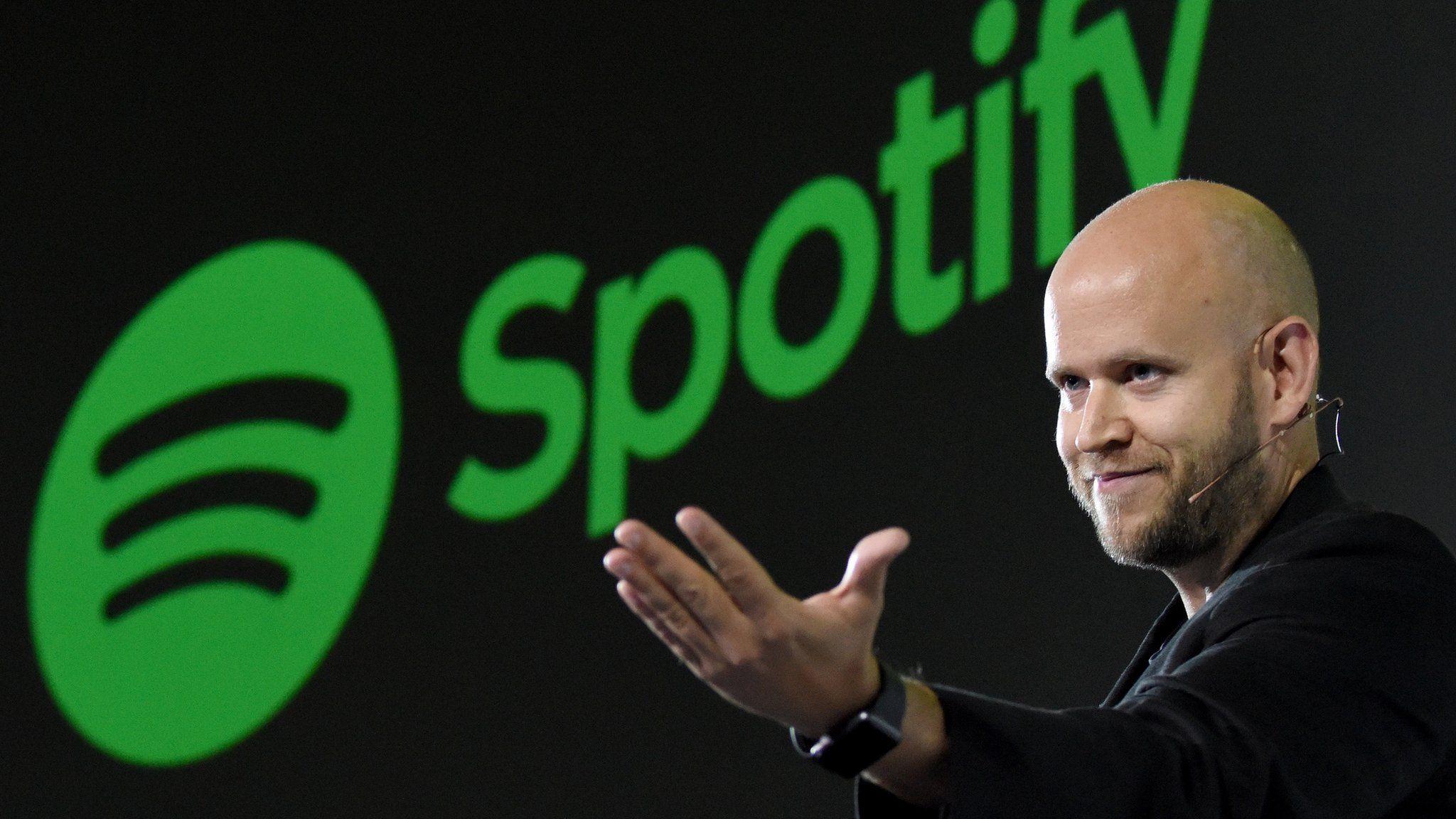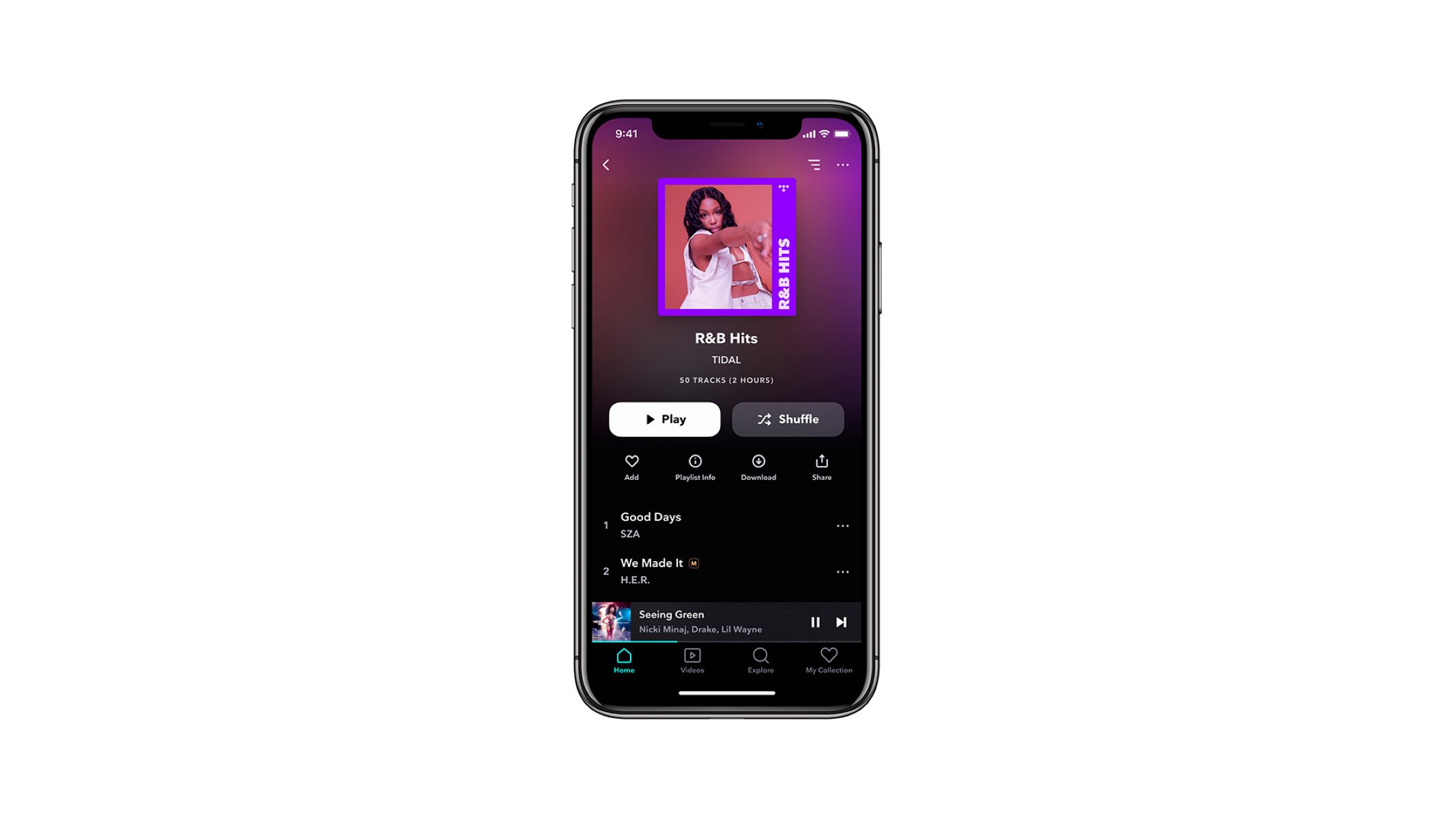Home>Devices & Equipment>Streaming>Which Streaming Music Services Allow Offline Playback
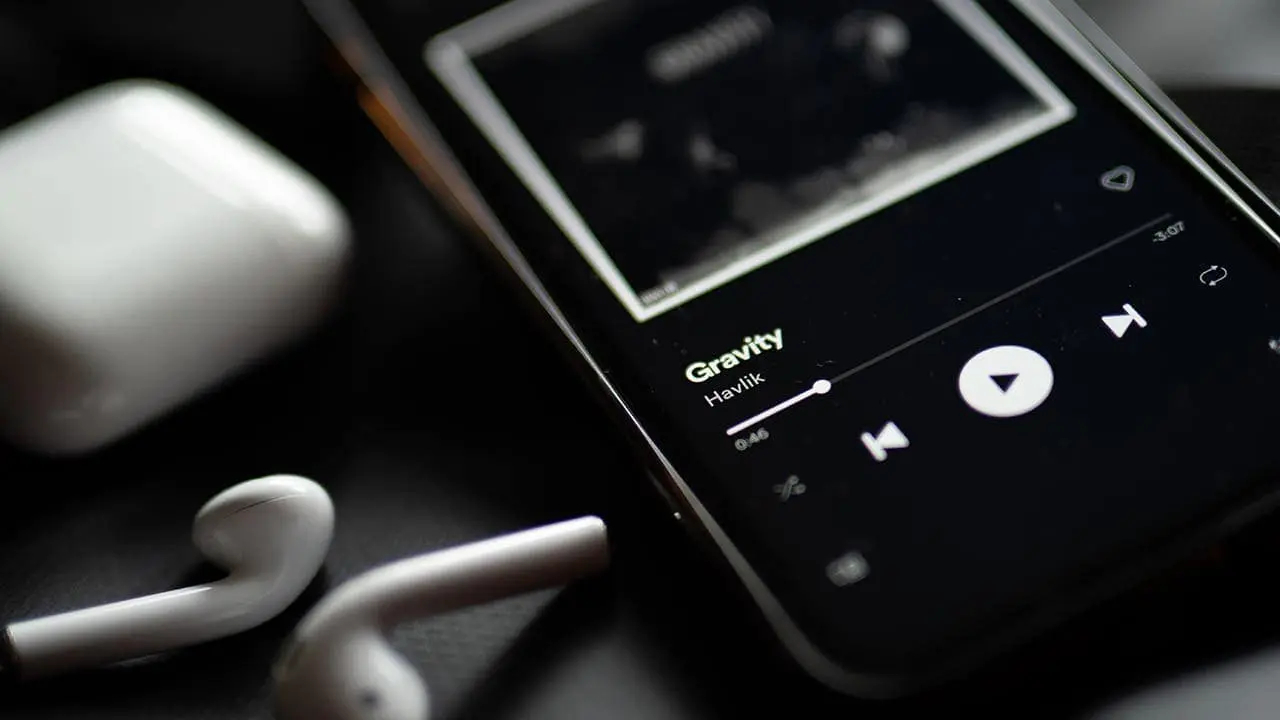

Streaming
Which Streaming Music Services Allow Offline Playback
Published: March 9, 2024
Discover the best streaming music services that offer offline playback. Find out which platforms allow you to enjoy your favorite tunes without an internet connection. Explore the top options for streaming music offline.
(Many of the links in this article redirect to a specific reviewed product. Your purchase of these products through affiliate links helps to generate commission for AudioLover.com, at no extra cost. Learn more)
Table of Contents
Introduction
In today's fast-paced world, music has become an integral part of our daily lives. Whether it's during a commute, workout session, or simply unwinding at home, the ability to access our favorite tunes on the go is a necessity. With the advent of streaming music services, music lovers have been granted unparalleled convenience and access to an extensive library of songs. However, one of the key considerations for many users is the ability to enjoy their favorite tracks even when offline.
Offline playback, a feature offered by several streaming music services, allows users to download their preferred songs, albums, or playlists onto their devices. This means that even without an internet connection, individuals can continue to revel in their music collection, regardless of their location. Whether in an area with poor network coverage or during flights, offline playback ensures uninterrupted access to music.
The demand for offline playback has surged due to the evolving lifestyles of music enthusiasts. The need for flexibility and mobility has led to an increased reliance on this feature. Users seek the freedom to enjoy their music without being tethered to a stable internet connection. This has prompted streaming music services to incorporate offline playback into their platforms, recognizing its significance in enhancing the overall user experience.
In this article, we will delve into the world of offline playback and explore its importance in the realm of streaming music services. Furthermore, we will highlight the key players in the industry that offer this coveted feature, providing users with the ability to curate their own musical sanctuary, regardless of connectivity constraints. Let's embark on a journey to uncover the streaming music services that empower users to enjoy their favorite tunes anytime, anywhere.
What is Offline Playback?
Offline playback refers to the capability of streaming music services to allow users to download and store music content directly onto their devices, such as smartphones, tablets, or computers. This downloaded content can be accessed and enjoyed without requiring an active internet connection. In essence, offline playback liberates music enthusiasts from the constraints of network availability, enabling them to savor their favorite songs, albums, or playlists at their convenience.
The process of offline playback typically involves users selecting specific songs, albums, or playlists within the streaming music service's app and initiating the download. Once the download is complete, the content is stored locally on the user's device, ready to be accessed offline. This functionality is particularly advantageous for individuals who frequently find themselves in situations where internet connectivity is limited or unavailable, such as during travel, outdoor activities, or in areas with poor network coverage.
Offline playback empowers users to curate their own personalized music libraries, tailored to their unique preferences, and access them without being reliant on a stable internet connection. This feature not only enhances the overall user experience but also aligns with the evolving needs and expectations of modern music consumers.
Furthermore, offline playback is not limited to individual tracks; users can download entire albums or create custom playlists, ensuring a seamless and uninterrupted listening experience. This level of flexibility and control over music consumption has significantly contributed to the popularity of offline playback among streaming music service users.
The ability to enjoy music offline has become a pivotal factor for individuals seeking a seamless and immersive music listening experience. As such, streaming music services have recognized the significance of integrating offline playback into their platforms, acknowledging its role in catering to the diverse lifestyles and preferences of their user base.
In the next section, we will delve into the importance of offline playback and how it has transformed the way users engage with streaming music services. Let's explore the impact of this feature and its implications for music enthusiasts worldwide.
Importance of Offline Playback
The significance of offline playback within the realm of streaming music services cannot be overstated. This feature has emerged as a cornerstone of user experience, catering to the evolving needs and preferences of music enthusiasts worldwide. Its importance is underscored by several key factors that have reshaped the way individuals engage with and consume music through digital platforms.
Uninterrupted Access
Offline playback ensures that users can enjoy their favorite music without being tethered to a stable internet connection. This level of accessibility is particularly valuable during travel, outdoor activities, or in areas with limited network coverage. By allowing users to download and store music content locally on their devices, streaming music services empower individuals to revel in their music collection regardless of their location or connectivity constraints.
Flexibility and Mobility
The modern lifestyle demands flexibility and mobility, and offline playback seamlessly aligns with these requirements. Whether on a long flight, a remote hiking trail, or simply in a location with poor network reception, users can rely on their downloaded music library to provide a personalized soundtrack to their experiences. This level of freedom and mobility enhances the overall music listening experience, allowing individuals to curate their own musical sanctuary on the go.
Data Conservation
Offline playback contributes to data conservation by reducing the reliance on streaming music services' data-intensive streaming protocols. By downloading music for offline access, users can minimize their data usage, particularly in scenarios where Wi-Fi or cellular data may be limited or costly. This not only offers cost-saving benefits but also aligns with the growing emphasis on efficient data utilization in an increasingly connected world.
Personalized Music Libraries
The ability to curate personalized music libraries through offline playback empowers users to tailor their music consumption experience according to their unique preferences. Whether it's creating custom playlists for specific moods or downloading entire albums for a seamless listening journey, offline playback grants users the autonomy to craft their own musical narratives. This level of personalization fosters a deeper connection with the music and enhances the overall emotional resonance of the listening experience.
Enhanced User Experience
Ultimately, the importance of offline playback lies in its ability to elevate the user experience offered by streaming music services. By providing a seamless and uninterrupted music listening experience, regardless of connectivity constraints, offline playback contributes to user satisfaction and loyalty. It aligns with the overarching goal of streaming music services to empower users to engage with their favorite music in a manner that resonates with their individual lifestyles and preferences.
In essence, the importance of offline playback extends beyond mere convenience; it embodies a fundamental shift in the way individuals interact with and derive enjoyment from their music collections. As we continue to embrace a digitally connected yet mobile lifestyle, the significance of offline playback within streaming music services will undoubtedly remain a pivotal consideration for users seeking a harmonious blend of accessibility, flexibility, and personalization in their music consumption journey.
Streaming Music Services with Offline Playback
The integration of offline playback within streaming music services has revolutionized the way users engage with their favorite tunes, offering unparalleled flexibility and accessibility. Several prominent streaming music platforms have recognized the significance of offline playback and have seamlessly incorporated this feature into their offerings, catering to the diverse needs and preferences of their user base. Let's explore some of the leading streaming music services that empower users to enjoy their music offline:
1. Spotify
As one of the most widely used streaming music services globally, Spotify has established itself as a trailblazer in providing offline playback functionality. Spotify Premium subscribers can effortlessly download their preferred songs, albums, and playlists onto their devices for offline listening. This feature has positioned Spotify as a go-to platform for users seeking a seamless and personalized music experience, regardless of their connectivity status.
2. Apple Music
Apple Music, with its extensive catalog of songs and albums, offers a robust offline playback feature, allowing subscribers to download music content for offline access. This capability aligns with Apple's commitment to delivering a comprehensive music ecosystem that caters to the evolving needs of music enthusiasts. Whether on an iPhone, iPad, or Mac, users can curate their offline music library with ease.
3. Amazon Music Unlimited
Amazon Music Unlimited has emerged as a formidable player in the streaming music landscape, offering a diverse array of songs and albums for users to enjoy. The platform's offline playback feature enables subscribers to download music content, ensuring uninterrupted access to their favorite tracks, even in offline environments. This functionality has contributed to Amazon Music Unlimited's appeal among users seeking a seamless music listening experience.
4. YouTube Music
YouTube Music, with its vast collection of music videos and audio tracks, has integrated offline playback into its platform, empowering users to download their preferred content for offline enjoyment. This feature enhances the platform's versatility, allowing users to curate their own personalized music libraries and access them without relying on an internet connection.
5. Tidal
Tidal, known for its high-fidelity audio and exclusive content, offers offline playback as a fundamental feature for subscribers. Users can download high-quality music content onto their devices, ensuring uncompromised audio fidelity even in offline scenarios. This emphasis on offline playback aligns with Tidal's commitment to delivering a premium music streaming experience.
These streaming music services, among others, have recognized the pivotal role of offline playback in enhancing user experience and have integrated this feature seamlessly into their platforms. By empowering users to curate personalized music libraries and enjoy their favorite tunes offline, these services have redefined the landscape of digital music consumption, catering to the dynamic lifestyles and preferences of music enthusiasts worldwide.
Conclusion
In conclusion, the evolution of streaming music services has been marked by a transformative shift in the way users engage with and consume music. The advent of offline playback has emerged as a pivotal feature, catering to the diverse lifestyles and preferences of music enthusiasts worldwide. The ability to download and access music content offline has redefined the concept of music portability, offering users unparalleled flexibility and mobility in curating their own personalized music libraries.
The importance of offline playback extends beyond mere convenience; it embodies a fundamental shift in the way individuals interact with and derive enjoyment from their music collections. By providing uninterrupted access to favorite tracks, albums, and playlists, regardless of connectivity constraints, streaming music services have elevated the overall user experience, fostering deeper connections between users and their music.
The seamless integration of offline playback by leading streaming music services such as Spotify, Apple Music, Amazon Music Unlimited, YouTube Music, and Tidal underscores the industry's commitment to empowering users with the freedom to enjoy their music on their own terms. This feature has become a cornerstone of user satisfaction, offering a harmonious blend of accessibility, flexibility, and personalization in the music consumption journey.
As we continue to embrace a digitally connected yet mobile lifestyle, the significance of offline playback within streaming music services will undoubtedly remain a pivotal consideration for users seeking a seamless and immersive music listening experience. The ability to curate personalized music libraries and enjoy them offline reflects the dynamic nature of modern music consumption, aligning with the evolving needs and expectations of music enthusiasts.
In essence, offline playback has transcended the boundaries of traditional music consumption, empowering users to carry their musical sanctuary wherever they go. It has become an integral component of the modern music landscape, enriching the lives of users by providing a seamless and uninterrupted soundtrack to their experiences. As streaming music services continue to innovate and adapt to the evolving demands of users, offline playback will undoubtedly remain a cornerstone of the digital music revolution, shaping the future of music consumption for years to come.

